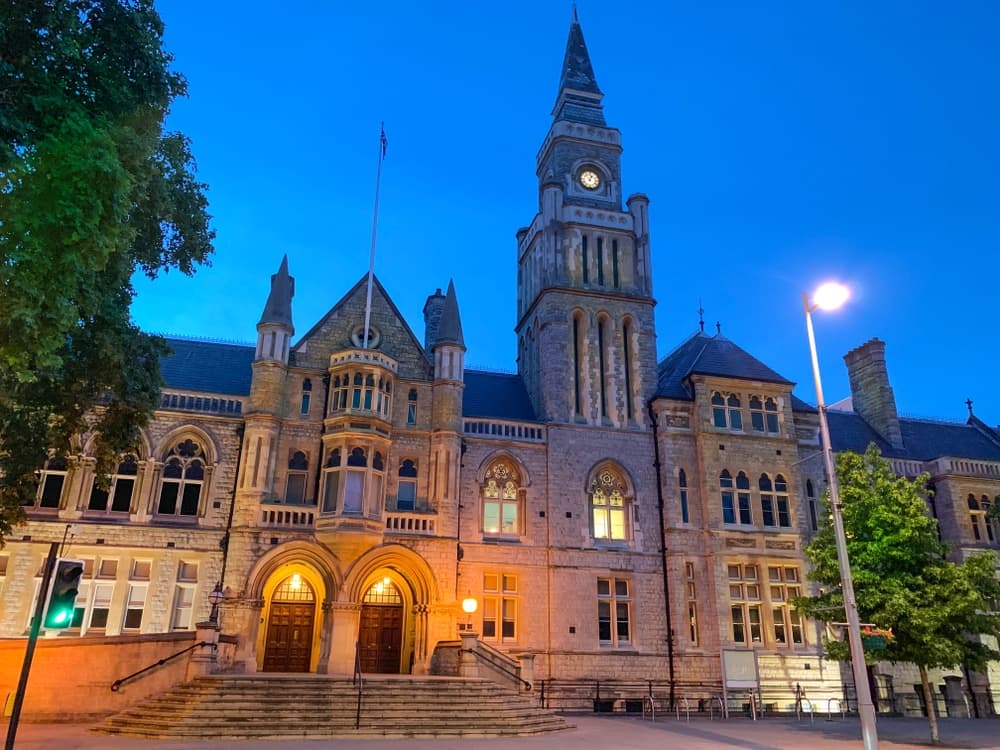
Ealing is the third most populous borough in London and the eleventh largest in area, encompassing parts of West London and a small portion of Northwest London. It connects the inner and outer boroughs of London. The administrative centre of Ealing is located on Ealing Broadway. The local government is Ealing London Borough Council. Due to its many parks and tree-lined streets, Ealing has long been known as the “Queen of the Suburbs”; the term was coined in 1902 by Ealing’s borough surveyor, Charles Jones. The tree emblem seen on the Ealing Council logo and Ealing’s coat of arms reflects this.
The borough of Ealing is divided into seven districts: Ealing, Southall, Hanwell, Acton, Northolt, Perivale, and Greenford. As London grew, the area that is now Ealing became predominantly market gardens, but in the 1850s (thanks to the Great Western Railway, which made travel much faster), villages began to grow into towns, and the towns are now merging into unbroken residential areas.
Two branches of the Grand Union Canal run through Ealing, bringing industry to the area. Later, God’s Wonderful Railway followed suit, as did major arterial roads such as the A4 Great West Road and the A40 Western Avenue in the twentieth century. Land prices in London, combined with the relatively low cost of freight transportation, have caused the largest industries to relocate. Today, the most common occupations in Ealing are retail and office.

